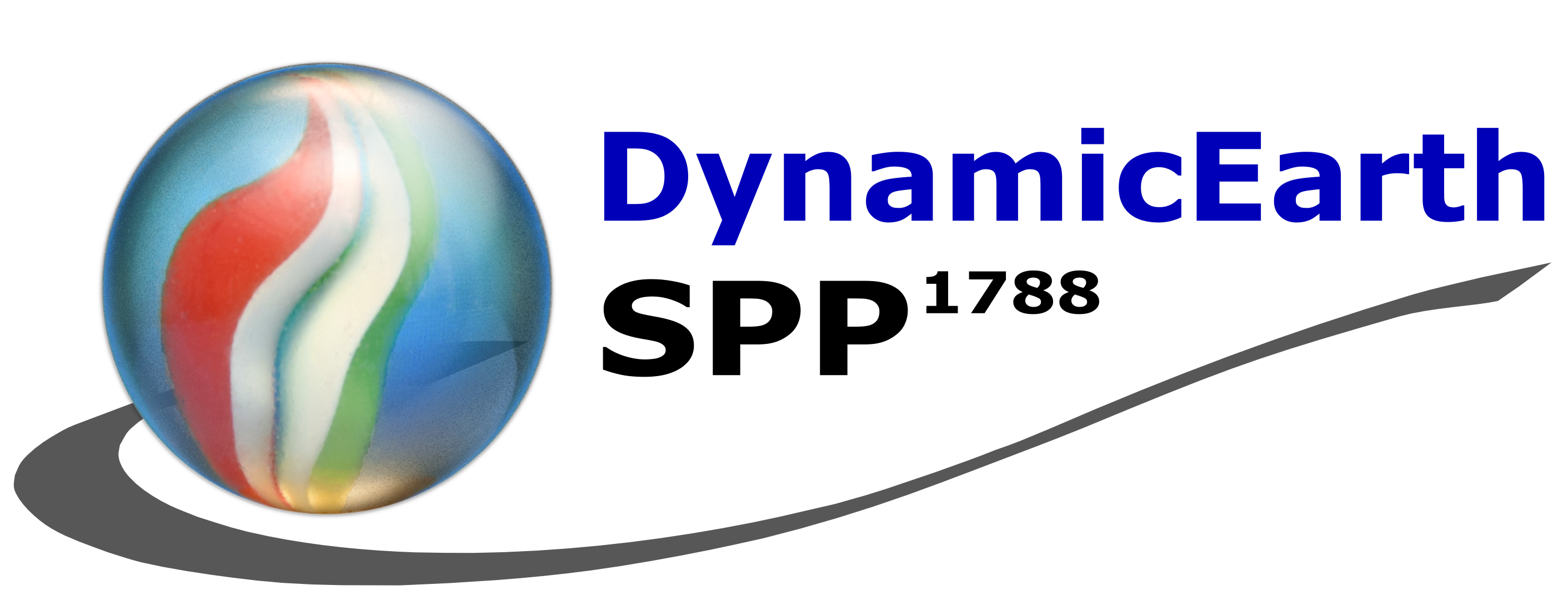Vertically propagating gravity waves (GWs) represent a major coupling mechanism that provides connections between the lower atmosphere and thermosphere/ionosphere (TI) system. GWs are an essential component of the climate of Earth. A large portion of them originate in the troposphere, and redistribute energy and momentum between the atmospheric layers upon propagation and dissipation. In the TI, molecular viscosity and ion drag are the major dissipation mechanism of GWs. Variations of the magnetic field in the TI change the refractive properties of the atmosphere (large-scale temperature and wind distributions), and alter dissipation by ion drag. The primary objective of this study is to investigate and quantify the influence of variations of the geomagnetic field on propagation and mechanism of GWs of lower atmospheric origin, and on their dynamical feedback on the TI. In particular, the role of GWs will be tested in linking a trend of weakening the geomagnetic field, and the unexplainably strong observed cooling of the thermosphere. The study will be performed using a comprehensive Coupled Middle Atmosphere-Thermosphere-2 (CMAT2) general circulation model that utilizes our state-of-the-art spectral nonlinear GW parameterization. Novel numerical simulations will be performed, and the results tested against satellite observational datasets, including those from the Swarm mission. Besides advancing and testing our fundamental understanding of the GW coupling, the results can potentially improve space weather predictions.
